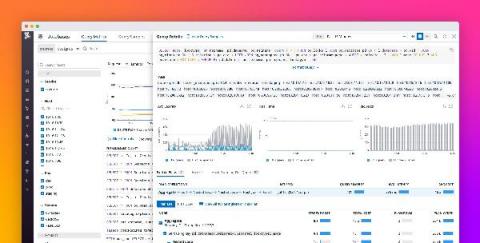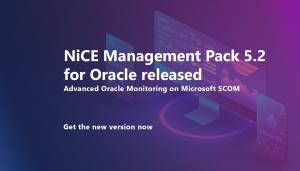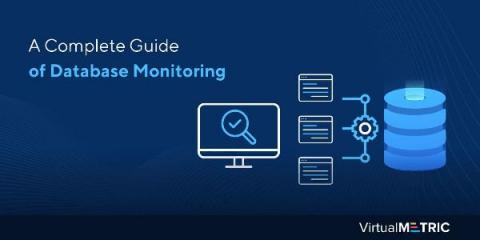Operations | Monitoring | ITSM | DevOps | Cloud
August 2021
Indexing Strategies for SQL Server Performance
Indexes Matter-How Poor Index Management Can Ruin Query Performance
How to Use Sentry's Tracing and Performance Monitoring Tools | Sentry Tutorials
MySQL queries - faster than light (almost)
At the moment I’m working at a tool for migrating Icinga 2 IDO history to Icinga DB . Sure, one could also run IDO and Icinga DB in parallel for one year and then switch to Icinga DB if they only care for the history of the past year. But the disadvantage is: one would have to wait one year. Nowadays (in our quickly changing world) that’s quite a long time.
Basic SQL Server Query Tuning Secrets Every SQL Admin Should Know
How to Use Intelligent Query Processing to Boost Query Outcomes
An Overview of Intelligent Query Processing in SQL Server
SolarWinds Enables DataOps for All With Free DBA xPress Tool
Monitor and visualize database performance with Datadog Database Monitoring
When you’re running databases at scale, finding performance bottlenecks can often feel like looking for a needle in a haystack. In any troubleshooting scenario, you need to know the exact state of your database at the onset of an issue, as well as its behavior leading up to it.
How Query Execution Plans Work
NiCE Oracle Management Pack 5.2 for Microsoft SCOM
TThe Management Pack provides clear and precise performance indicators and timely alerts enriched by pinpointing problem identification and troubleshooting information. It streamlines the workflow and helps for better planning based on detailed reports. The integration into System Center enables a single pane of glass view into your Oracle environment, secured by Microsoft technologies.
Choose the right time series database | Aiven Info Bytes
Visibility Into Distributed Availability Groups With SQL Sentry
Why Observability Requires a Distributed Column Store
Honeycomb is known for its incredibly fast performance: you can sift through billions of rows, comparing high-cardinality data across thousands of fields, and get fast answers to your queries. And none of that is possible without our purpose-built distributed column store. This post is an introduction to what a distributed column store is, how it functions, and why a distributed column store is a fundamental requirement for achieving observability.
How to Troubleshoot Apache Cassandra Performance Using Metrics and Logs in Debugging
Exploring Your Data Universe
What is time series data? | Aiven Info Bytes
Compliance in your Database DevOps pipeline - continuous classification with SQL Data Catalog
Generating DDL Statements to Recreate Single Objects
A Complete Guide of Database Monitoring
A database is a collection of organized information for easy access and management. Computer databases generally consist of aggregated data or files that contain information about customers, transactions, or inventories. Regular monitoring of the database’s performance is necessary to ensure that it is running properly and to detect issues as they arise. Here is a short database monitoring guide that can assist you in choosing the right tools.
























